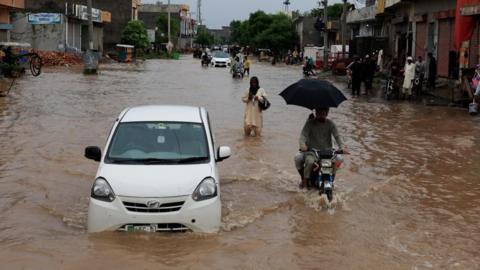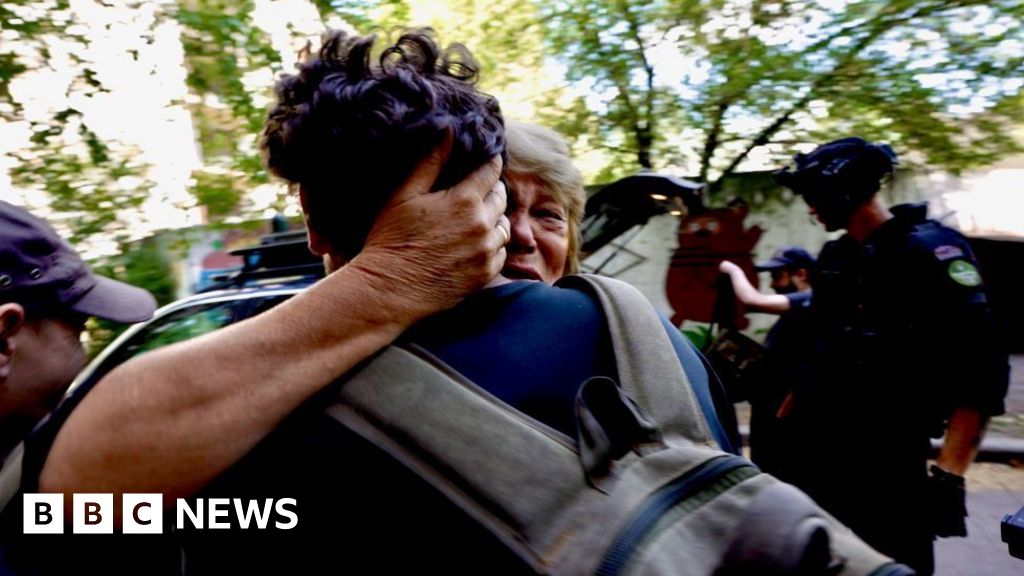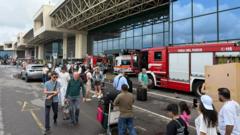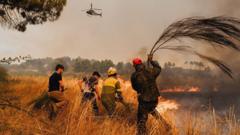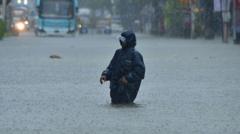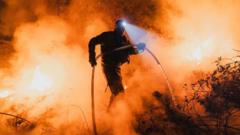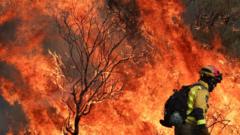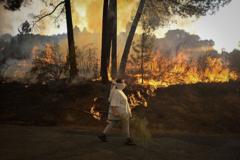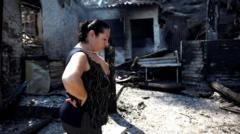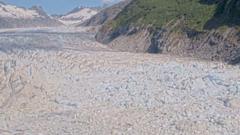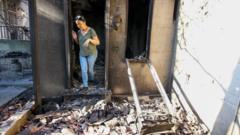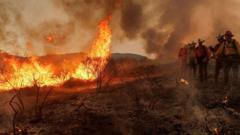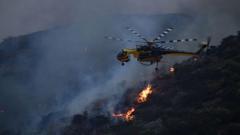Smoke from rampant wildfires in Manitoba, known for having its worst season in three decades, has reached hazardous air quality levels across key regions in Eastern Canada and parts of the United States. On July 14, 2025, Environment Canada issued urgent air quality alerts for Toronto, Canada’s largest city, following a weekend of oppressive heat and haze. As reported by the air quality monitoring platform IQAir, Toronto's air quality ranked among the lowest globally, raising concerns for public health.
Residents were advised to limit outdoor activities, echoing similar warnings for Saskatoon, Saskatchewan. In the U.S., areas around the Great Lakes, particularly northern Minnesota, Wisconsin, western New York, and northern Pennsylvania also reported deteriorating air quality conditions. Ian Hubbard, a meteorologist with Environment Canada, explained that the health risk escalates when smoke levels settle closer to the earth’s surface.
Despite predictions of improved air quality into the following week, Toronto is still expected to see high temperatures, exceeding 30 degrees Celsius (86 degrees Fahrenheit). While the current wildfire season in Canada is less severe compared to the record devastation of 2023, Manitoba stands out with alarming fire activity. Premier Wab Kinew recently declared a state of emergency to facilitate resource allocation and evacuations after two fatalities and over 30,000 evacuations since May.
Tensions are also rising between the U.S. and Canada as some American lawmakers, including Republican representatives from Wisconsin and Minnesota, directly attributed the air quality issues to Canadian forestry management failures. Congressman Tom Tiffany publicly criticized the Canadian government on social media, advocating for accountability and transparency concerning the wildfires.
Wildfires in Canada are most often ignited by natural causes such as lightning strikes, especially in remote areas where forest management can be a logistical challenge. As the cross-border smoke crisis unfolds, attention is turned toward both the environmental impact and the need for effective communication and responsiveness in managing these dangerous situations.
Vjosa Isai is a reporter based in Toronto, covering critical developments from across Canada.
Residents were advised to limit outdoor activities, echoing similar warnings for Saskatoon, Saskatchewan. In the U.S., areas around the Great Lakes, particularly northern Minnesota, Wisconsin, western New York, and northern Pennsylvania also reported deteriorating air quality conditions. Ian Hubbard, a meteorologist with Environment Canada, explained that the health risk escalates when smoke levels settle closer to the earth’s surface.
Despite predictions of improved air quality into the following week, Toronto is still expected to see high temperatures, exceeding 30 degrees Celsius (86 degrees Fahrenheit). While the current wildfire season in Canada is less severe compared to the record devastation of 2023, Manitoba stands out with alarming fire activity. Premier Wab Kinew recently declared a state of emergency to facilitate resource allocation and evacuations after two fatalities and over 30,000 evacuations since May.
Tensions are also rising between the U.S. and Canada as some American lawmakers, including Republican representatives from Wisconsin and Minnesota, directly attributed the air quality issues to Canadian forestry management failures. Congressman Tom Tiffany publicly criticized the Canadian government on social media, advocating for accountability and transparency concerning the wildfires.
Wildfires in Canada are most often ignited by natural causes such as lightning strikes, especially in remote areas where forest management can be a logistical challenge. As the cross-border smoke crisis unfolds, attention is turned toward both the environmental impact and the need for effective communication and responsiveness in managing these dangerous situations.
Vjosa Isai is a reporter based in Toronto, covering critical developments from across Canada.




